Concept of the Economic Order Quantity
The economic order quantity (EOQ) helps businesses determine the ideal order size, reduce costs, and meet demand while staying on budget. It aids in lowering holding expenses and excess stock, resulting in reduced purchase and storage costs. The EOQ achieves a balance between ordering and holding costs, optimizing inventory management.
Components of the Economic Order Quantity
There are three main components that come into use while calculating the economic order quantity. They are discussed below.
Annual demand in units (D)
This refers to the total quantity of demand of a given product by a particular consumer in a year. An example is the total quantity of wood a carpenter needs for making furniture over the course of a year.
Order cost (S)
This refers to the cost incurred by a firm while ordering inventory. An example is the cost incurred by a carpenter while ordering wood that is to be used as raw material for making furniture.
Holding costs per unit, per year (H)
This refers to the total cost incurred by a firm while holding inventory in a year. For example, in the case of a carpenter, it refers to the yearly cost of warehousing the wood meant to be used as raw material for the production of furniture.
